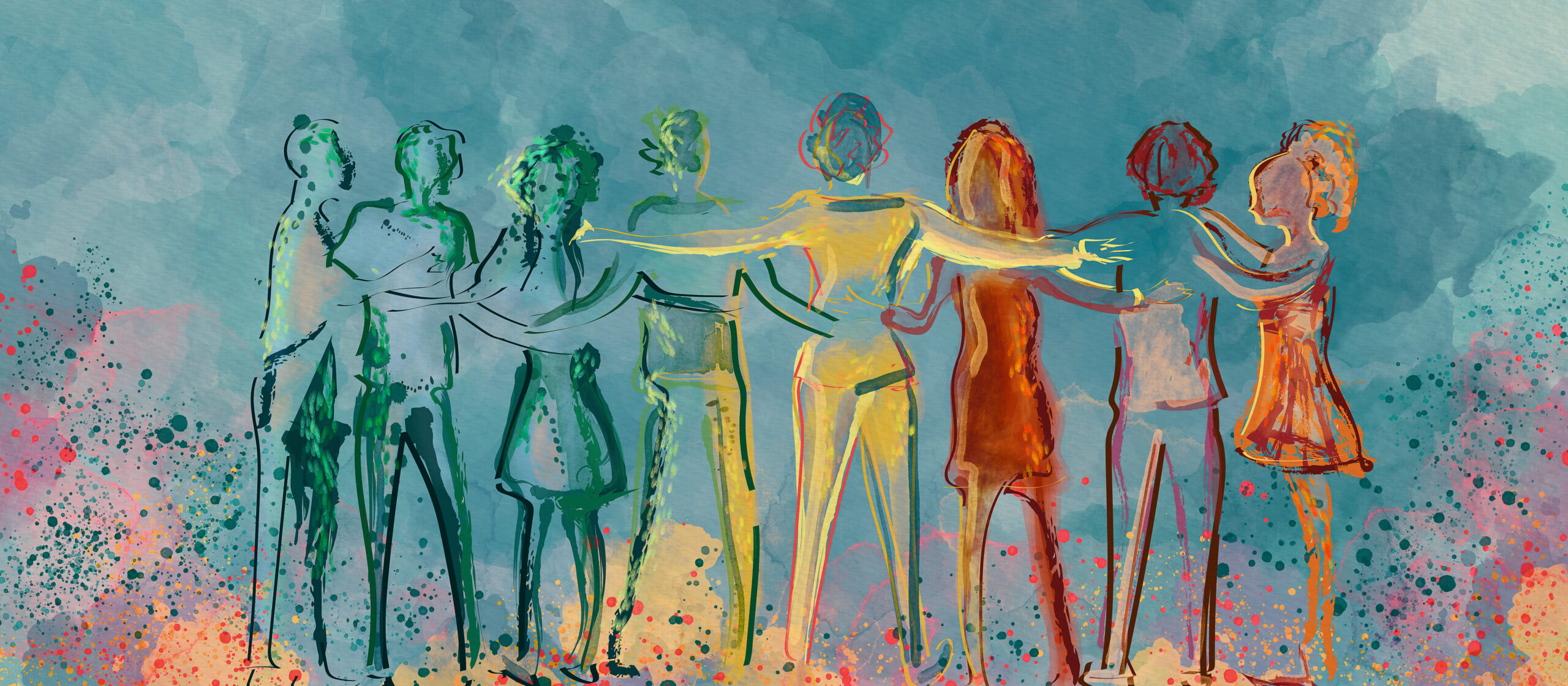Throughout my career, I’ve had the privilege of working with various organizations and coalitions that have shown me the immense strength that comes from collaboration. Whether it was through the Children’s Needs Task Force in Huntington Beach, Waste Not OC, or CASA, I’ve seen how local partnerships can transform lives, especially when addressing critical issues like child welfare, food insecurity, and education.
Communities face complex challenges that no single entity can tackle alone. This is where coalitions come in. By bringing together public, private, and nonprofit organizations, we can pool resources, knowledge, and influence to create sustainable, lasting change. In this blog, I’ll share my experiences and insights on how community partnerships are not just beneficial—they are essential in driving social progress and addressing the most pressing needs of our society.
Addressing Child Welfare Through Collaboration
One of the most meaningful experiences in my career was serving as Vice-Chair for the Children’s Needs Task Force in Huntington Beach. The task force was focused on identifying and addressing the unique needs of children in our community, from safety to education to social services. But what made this initiative successful wasn’t just the dedication of those on the board—it was the partnerships we built with local schools, law enforcement, city officials, and nonprofit organizations.
We quickly realized that to effectively support the children of Huntington Beach, we needed to involve every stakeholder that played a role in their lives. Schools provided insight into educational challenges, while law enforcement helped us address safety concerns. Nonprofits brought expertise in mental health and social services, and city officials helped implement policy changes that aligned with our goals. By working together, we were able to create a more comprehensive support system for children and families.
This experience reinforced my belief that sustainable change in child welfare requires a community-wide effort. Children don’t grow up in isolation—they are part of a broader community that includes schools, neighborhoods, and local institutions. When these entities work together, the impact is far greater than when they operate in silos. The Children’s Needs Task Force is a great example of how a coalition of different sectors can come together to advocate for children and ensure they have the resources they need to thrive.
Fighting Food Insecurity with Waste Not OC
Another project that holds a special place in my heart is Waste Not OC. This coalition was formed to tackle two significant issues: food waste and hunger. Orange County, like many communities, faces the paradox of having a surplus of food while many residents struggle with hunger. Waste Not OC was built on the simple idea that no one should go hungry, especially when there is so much food being thrown away.
What made Waste Not OC so successful was its ability to unite a diverse group of partners—restaurants, grocery stores, public health departments, and community-based organizations—to redistribute surplus food to those who needed it most. By leveraging the existing infrastructure of food businesses and combining it with the outreach capabilities of social services, we were able to create a system that worked for both sides. Food that would have otherwise gone to waste was now feeding families, seniors, and individuals facing food insecurity.
This initiative not only addressed hunger but also environmental sustainability. Reducing food waste means fewer greenhouse gases from landfills, making it a win-win for both people and the planet. Again, it was the strength of our partnerships that made this possible. No single organization could have achieved this on its own, but together, we created a model that could be replicated in other communities.
Advocating for Foster Youth with CASA
My work with CASA (Court Appointed Special Advocates) is another example of how community partnerships can make a real difference. CASA volunteers work to support children in the foster care system by advocating for their best interests in court. Foster youth are some of the most vulnerable members of our society, and they often fall through the cracks without a strong support system.
CASA volunteers are often the only consistent adults in these children’s lives, but their work is amplified by the partnerships CASA has with the legal system, social workers, and local nonprofits. This network of support ensures that foster youth have access to education, healthcare, and stable housing, which are crucial for their development.
The CASA model works because it recognizes that supporting foster youth requires a collaborative approach. No single volunteer, agency, or department can address all the needs of a child in foster care. But by working together, we can create a safety net that catches these children and helps guide them toward a brighter future.
The Key to Sustainable Social Change
The common thread in all these experiences is the realization that real, lasting change happens when we work together. Community partnerships are the foundation for sustainable social change because they allow us to address complex issues from multiple angles. Whether we’re tackling child welfare, food insecurity, or advocating for foster youth, the collective power of organizations, businesses, and individuals is far greater than the sum of its parts.
As we move forward, it’s important to recognize that collaboration isn’t just a buzzword—it’s a necessity. Our communities are facing challenges that are too big for any one organization or institution to handle alone. Whether you’re working in philanthropy, social services, education, or environmental sustainability, I encourage you to think about how you can build partnerships in your own work. By working together, we can create stronger, more resilient communities that support everyone.
Thank you for taking the time to read my thoughts on this important topic. Let’s continue to build partnerships and create positive, lasting change in our communities. Together, we can make a difference.
